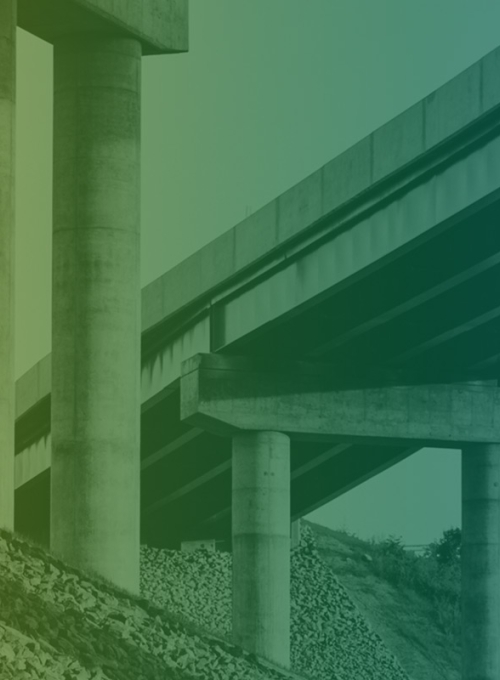
COPEWELL FAQs
- What does COPEWELL stand for?
- What is the COPEWELL Conceptual Model/Framework?
- What is the COPEWELL system dynamics model?
- What are the goals and objectives of COPEWELL?
- How do we define “Community Functioning”?
- “Resilience” is used in many different ways today. How does COPEWELL define resilience?
- How does COPEWELL define resistance and recovery?
- How does resilience relate to resistance and recovery?
- Can COPEWELL be used at the community, county, state and federal level?
- For what types of emergency events can the COPEWELL model be used?
- What is the purpose of the COPEWELL Self-Assessment Rubrics?
- How does COPEWELL complement other preparedness and resilience-related efforts and activities?
- How is COPEWELL different from other community resilience models and tools?
What does COPEWELL stand for?
COPEWELL is an acronym that stands for the “Composite of Post-Event Well-being”.
What is the COPEWELL Conceptual Model/Framework?
The COPEWELL conceptual model is the framework used to identify the many factors that influence community resilience and how they interact. It is represented as a diagram.
The conceptual model can be used by communities as a centerpiece around which they build discussions to gain a better grasp of resilience concepts, build awareness of community functioning (before, during and after disasters), identify areas of vulnerability and need, and spur action to address gaps and improve community functioning and resilience.
What is the COPEWELL system dynamics model?
Underlying the COPEWELL conceptual model is the COPEWELL system dynamics model – a computational model driven by real-world data. It measures community functioning and wellbeing at the county level before a disaster to predict functioning during and after a disaster, from which the model predicts disaster resilience. This is done by modelling the quality of pre-disaster conditions in a community. In so doing, it describes how well a community is working, noting areas of strength and weakness. It then calculates how the impact of a disaster event might be mitigated by features of “resistance” (including population factors, and prevention/mitigation characteristics) and “recovery” (including social cohesion, levels of preparedness, quality of response, and the resources which become available after a disaster). Taken together, a comprehensive view of a community is formed.
What are the goals and objectives of COPEWELL?
The goals of COPEWELL are to provide a conceptual and computational model that communities can use to understand resilience and its influencers, assess community resilience, and spark action to further develop resilience efforts. COPEWELL allows communities to:
- Identify community vulnerabilities that, if addressed, might help mitigate the detrimental effects of natural or man-made disasters,
- Recognize community factors that, if strengthened, might help local communities more fully and more rapidly recover from disasters, and
- Utilize tools (Rubrics and Resources for Change) to support communities in strengthening their baseline functioning and resilience.
How do we define “Community Functioning”?
Core to the COPEWELL Model is the concept of Community Functioning. Community Functioning is defined in the model as “the jurisdiction’s ability to provide goods and services” in the following areas: communication, economy, education, food and water, government, housing, medicine and healthcare, nurturing and care, well-being, and transportation. These particular sectors were selected for inclusion in the model by the team’s subject matter experts based on extensive discussion of findings from the disaster research and related literature.
The model follows a distinctly functional, supply and demand perspective focused at the community level. It focuses primarily on the magnitude of services provided. It does not account for the community’s uptake or use of services; rather, it focuses on the community’s ability to deliver services.
“Resilience” is used in many different ways today. How does COPEWELL define resilience?
Resilience is the ability to withstand (“resist”) and recover from a disaster event.
How does COPEWELL define resistance and recovery?
COPEWELL defines resistance as the level of absolute decline in community functioning after an event, where a greater decline indicates less resistance. COPEWELL defines recovery as the rate of return to pre-event community functioning.
How does resilience relate to resistance and recovery?
Resilience is the aggregate effect of resistance and recovery. Mathematically, it is the area under the community functioning time-course during and after a disaster. Resistance (“hardness”; “the ability to maintain the status quo”) and recovery (“flexibility”; “the process of returning to normal”) are not directly measurable pre-event (i.e., they are latent variables). They are only observable following the perturbation of baseline community functioning caused by the disaster event. While not observable pre-event, resilience is predictable. COPEWELL represents a pre-event predictor of peri- and post-event resilience.
Can COPEWELL be used at the community, county, state and federal level?
The conceptual framework/model is applicable at all levels, but the focus on data is at the county level. The county level data may be useful to Federal, state, and county officials for planning purposes, to inform assessments, and/or to tailor programs and interventions according to data provided by outputs of the model. Communities are also able to use the COPEWELL Rubrics as locally-adaptable self-assessment and/or decision-support tools.
For what types of emergency events can the COPEWELL model be used?
The COPEWELL model was developed to reflect a variety of different disaster events, including natural and man-made disasters and pandemics. The model components (the domains) were further validated by compiling historical disaster research data into qualitative case studies of different types of real-world hazard events to explore various recovery trajectories.
Findings show that natural-hazard events such as hurricanes (e.g., Katrina) and floods (e.g., Red River) can have complicated long-term consequences that may parallel other threats such as pandemics (e.g., COVID-19). The model also has the capacity to take into account time factors.
Irrespective of hazard, many elements measured by and accounted for in the COPEWELL model remain the same. The model’s measurement of factors such as pre-event community functioning, for example, remains useful no matter the hazard impacting the community.
What is the purpose of the COPEWELL Self-Assessment Rubrics?
The Rubrics allow community groups, including governments, non-profits, businesses and other leaders to create change in their jurisdiction by using COPEWELL tools to bolster their capabilities and functional capacity.
The Rubrics allow teams of individuals to examine locally-sourced data, and apply working knowledge and experiences related to community efforts to (based on their expert opinion) generate scores by domain. These scores can be used in a complementary fashion to the COPEWELL model to strengthen understanding of a community’s functioning and resilience.
There are five rubric domains: “community functioning”, “emergency management”, “population vulnerability, inequality, and deprivation”, “prevention and mitigation”, and “social capital and cohesion”. These rubric domains map to the domains used in the COPEWELL conceptual framework and computational model.
How does COPEWELL complement other preparedness and resilience-related efforts and activities?
The COPEWELL project is consonant with the preparedness efforts of federal emergency management and public health agencies (e.g., ASPR National Health Security Strategy Strategic Objective 1: Build and Sustain Healthy, Resilient Communities; CDC's Public Health Preparedness Capabilities; and FEMA’s “Whole of Community” approach). COPEWELL supports such work by modeling the pre-, peri-, and post-event factors influencing community resilience as well as the interplay among these factors. This can drive community understanding of resistance and recovery, broaden concepts of who and what sectors affect resilience, and serve as a tool to engage and advance the ability of communities in reacting to and recovering from disasters that affect community functioning.
How is COPEWELL different from other community resilience models and tools?
The COPEWELL model is based on a whole-of-community perspective, and explicitly differentiates between community functioning and resilience, distinguishes between the resistance and recovery components of resilience, and of perhaps greatest importance, is a dynamic (not static) model.
Related content
